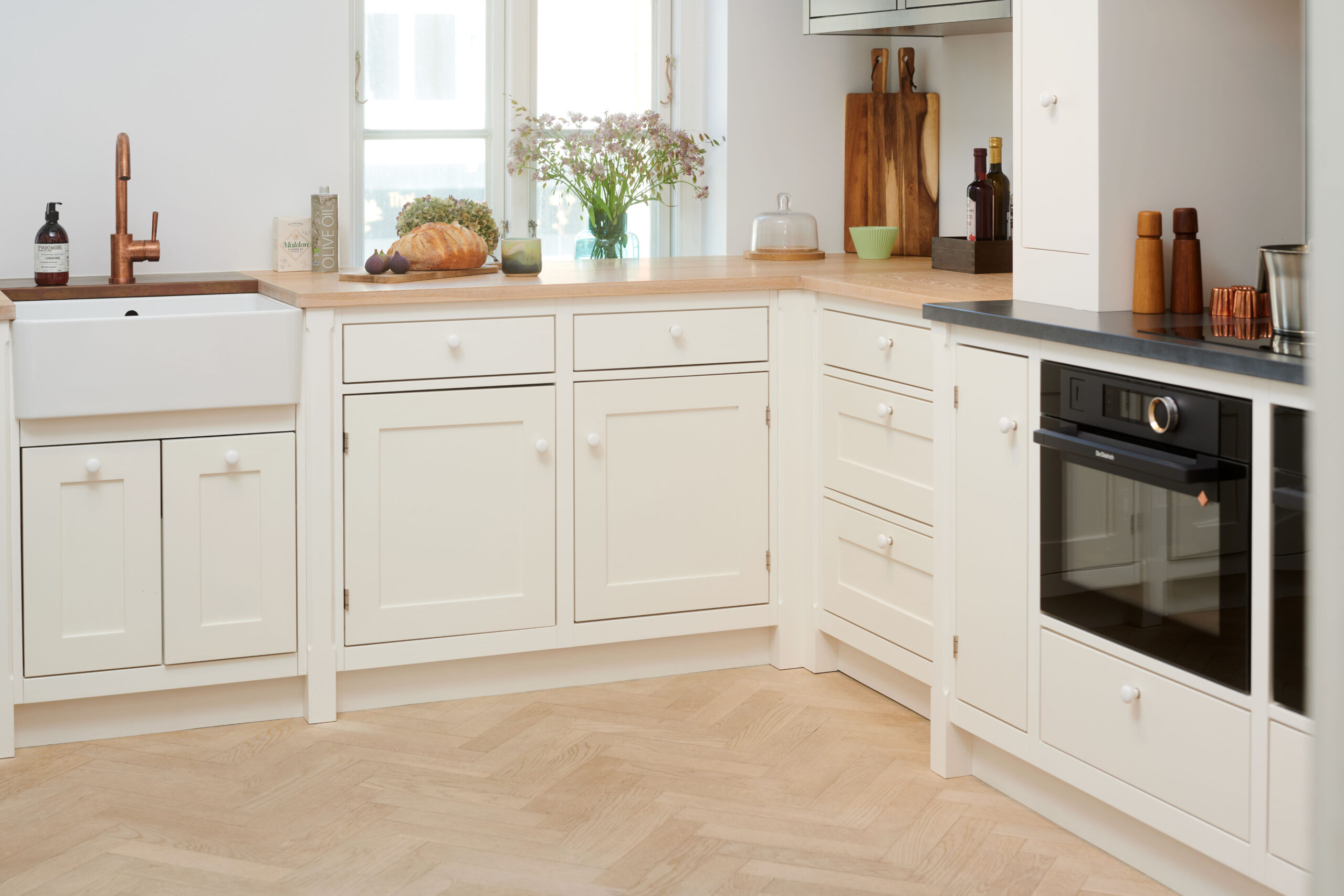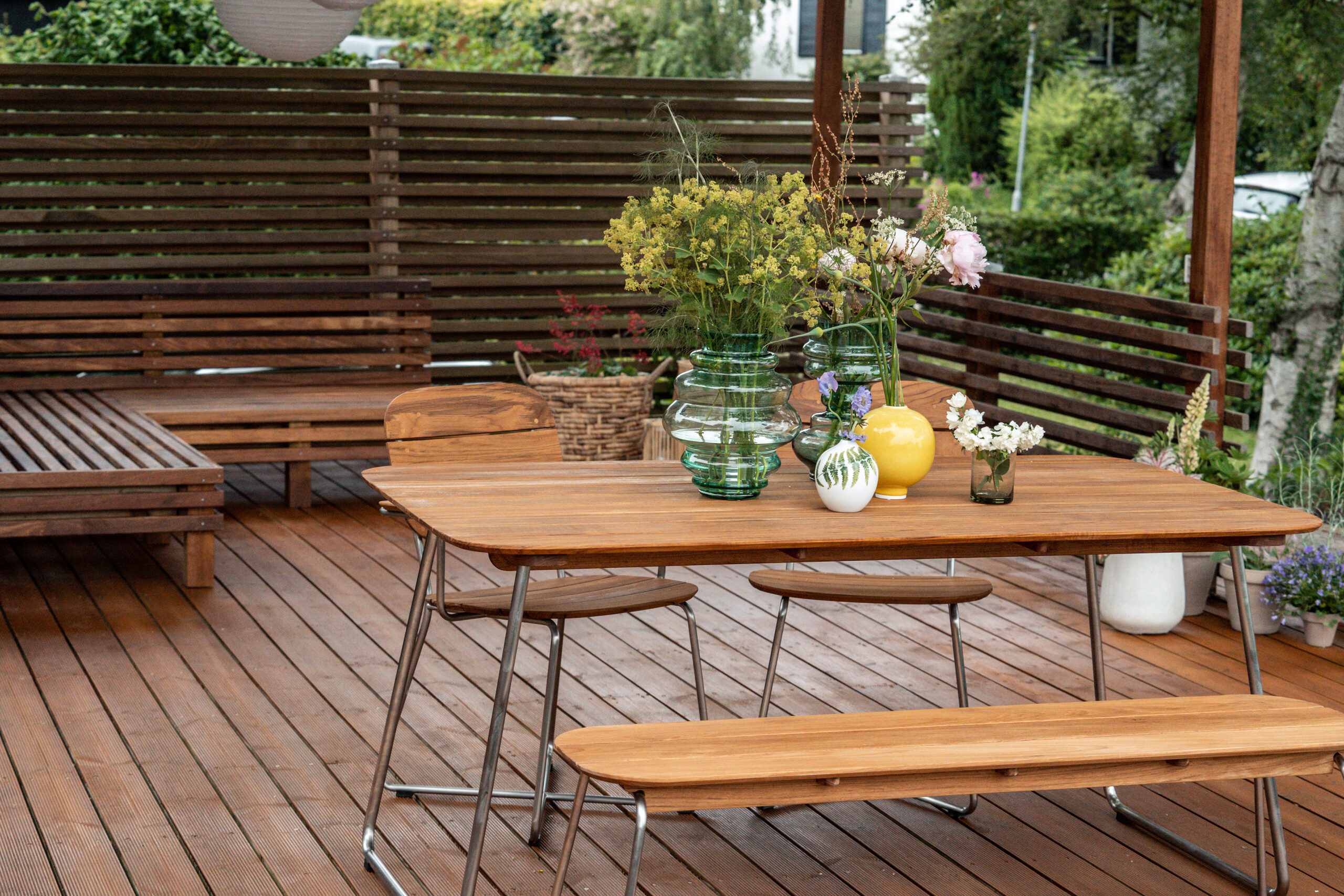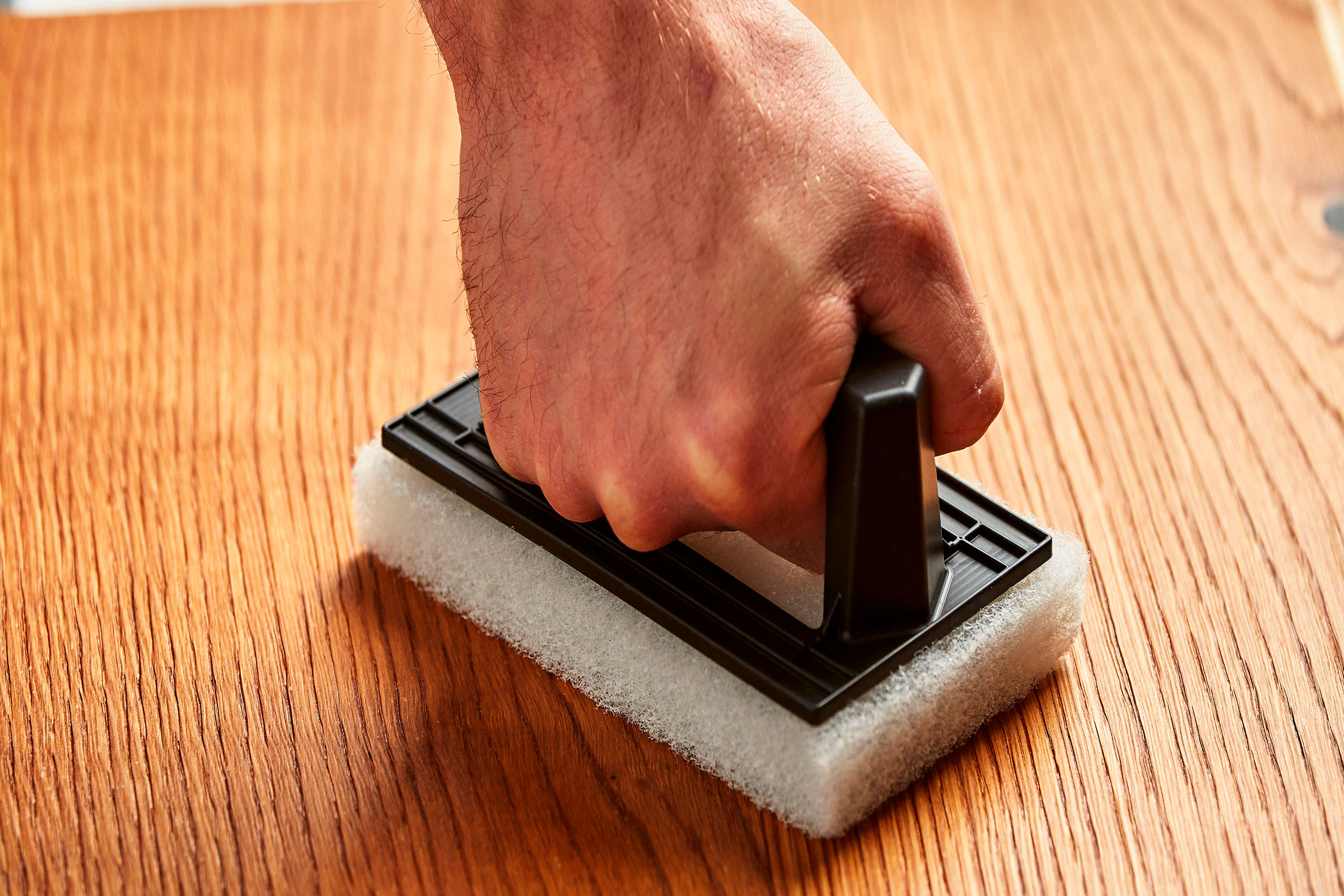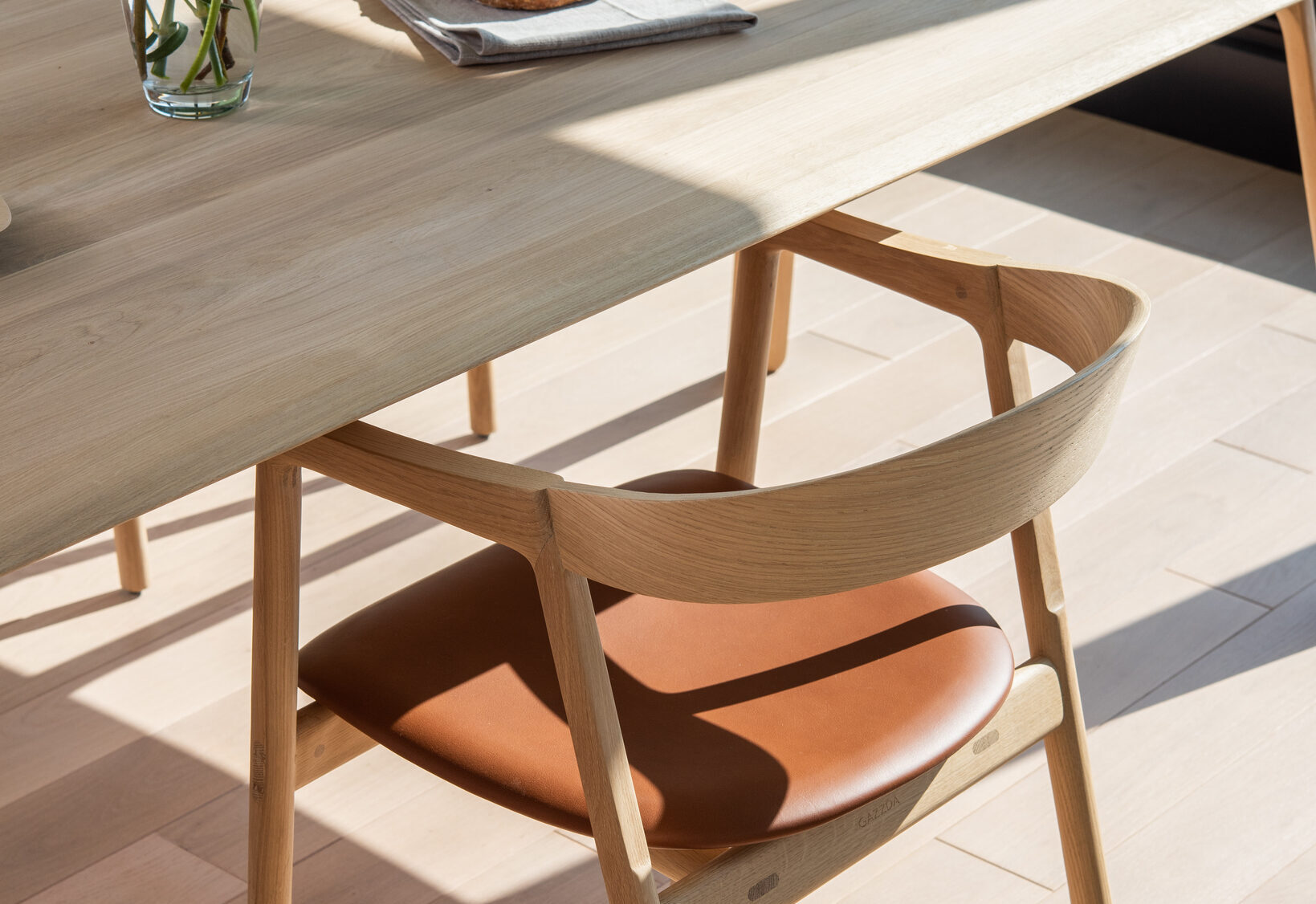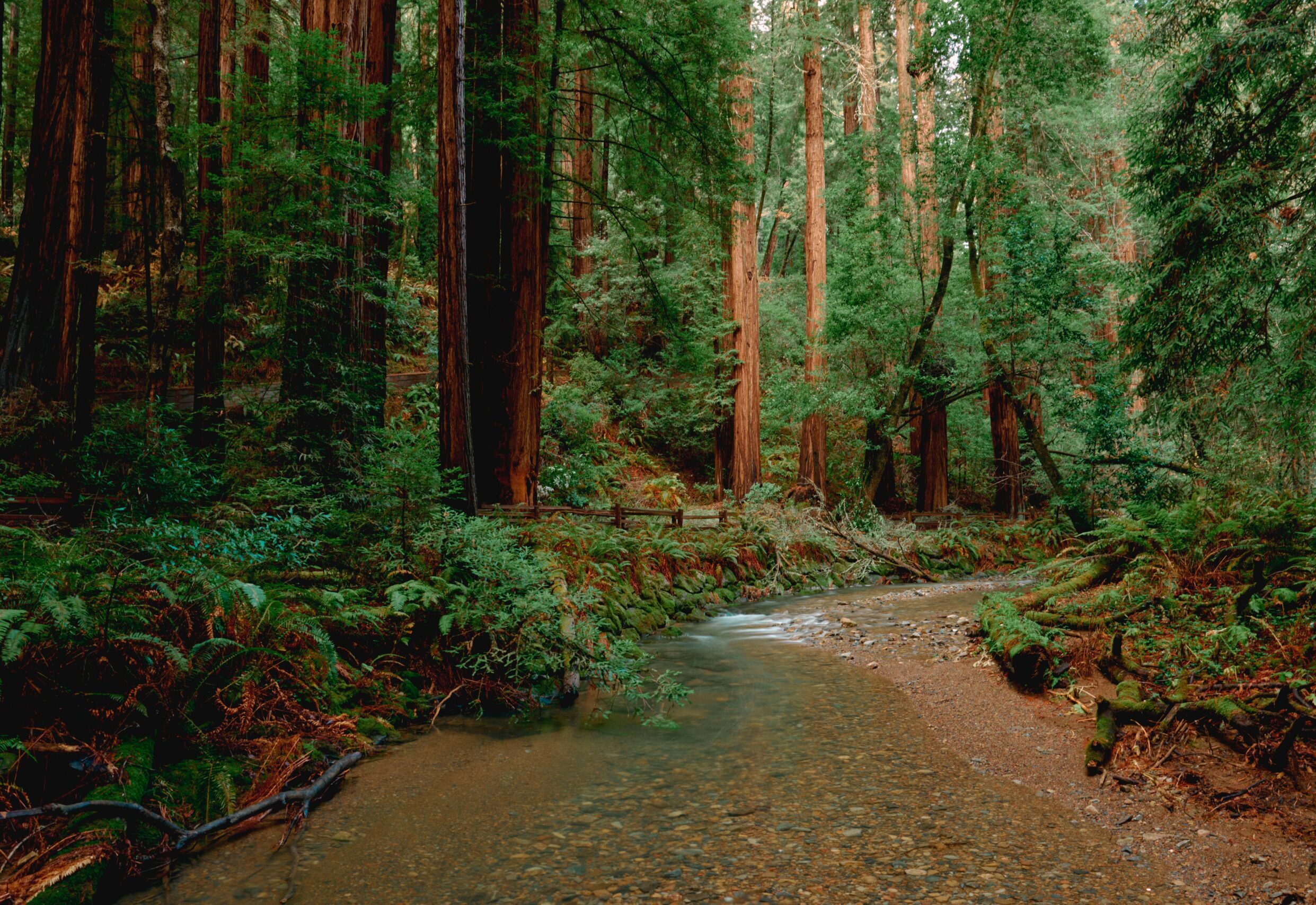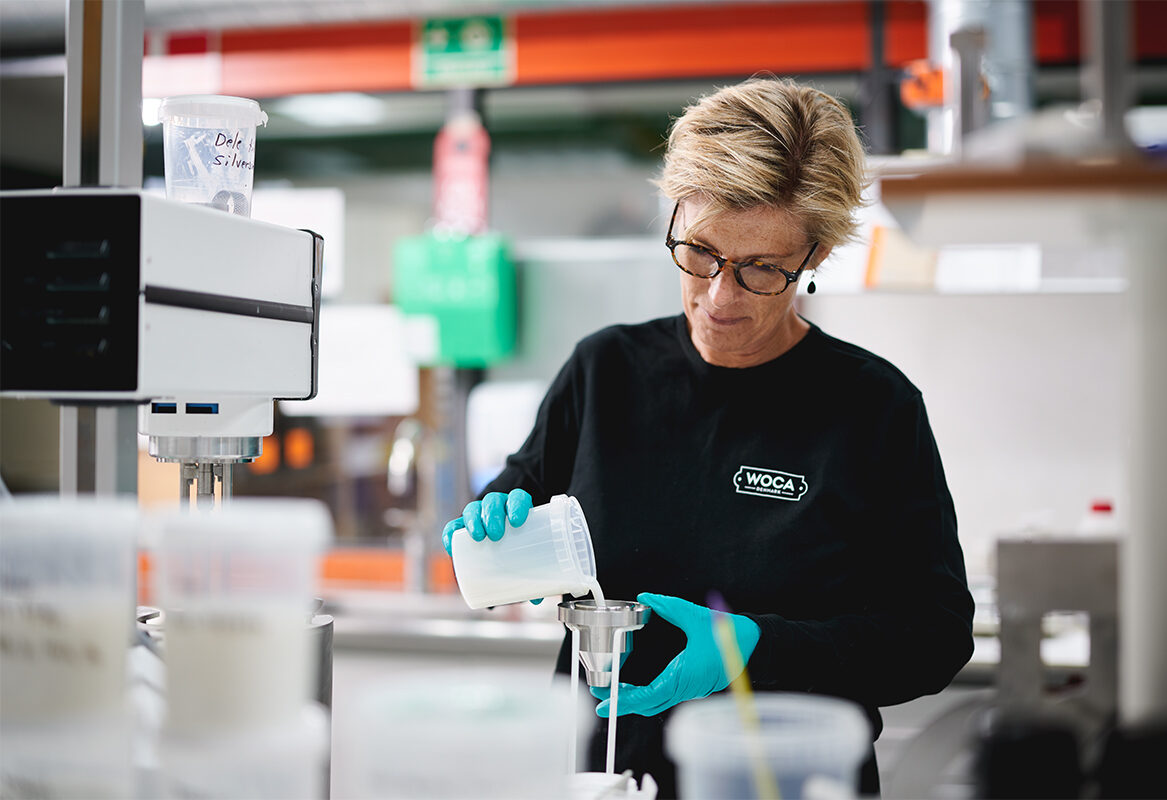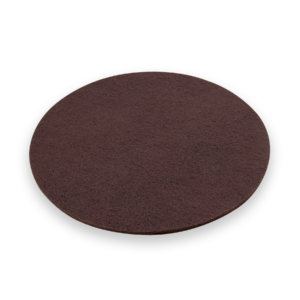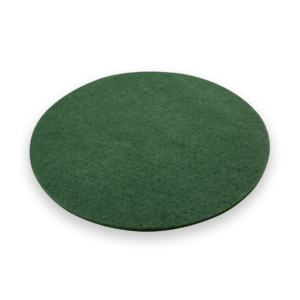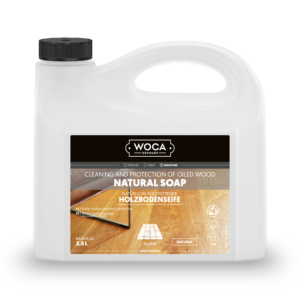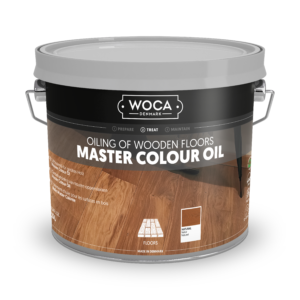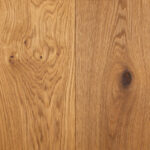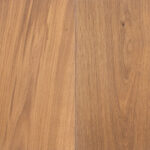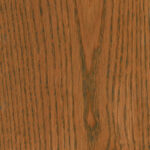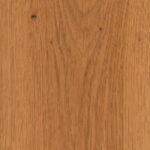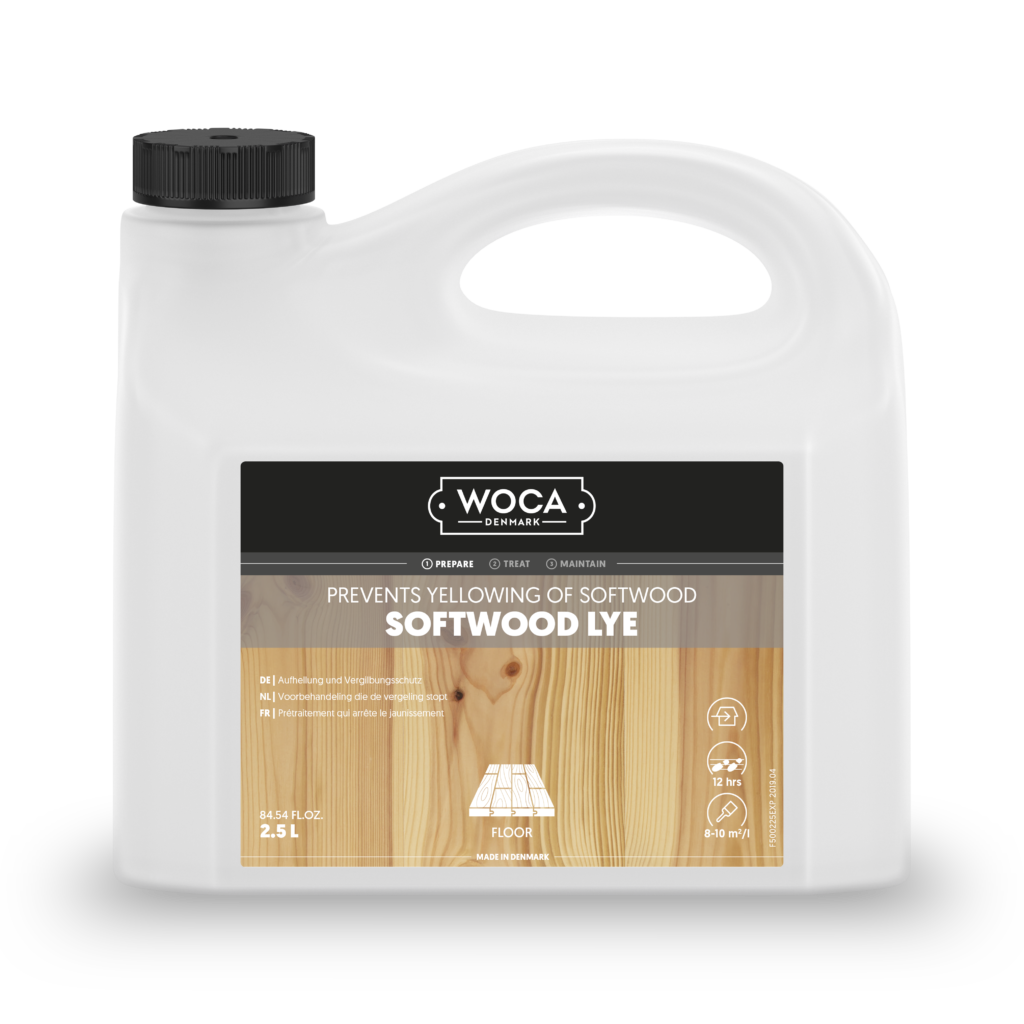
Softwood Lye
Minimizes yellowing of softwood
- Preserves the light colours of the wood
- Requires after-treatment with oil or soap
- Only for softwood
- Contains white pigments
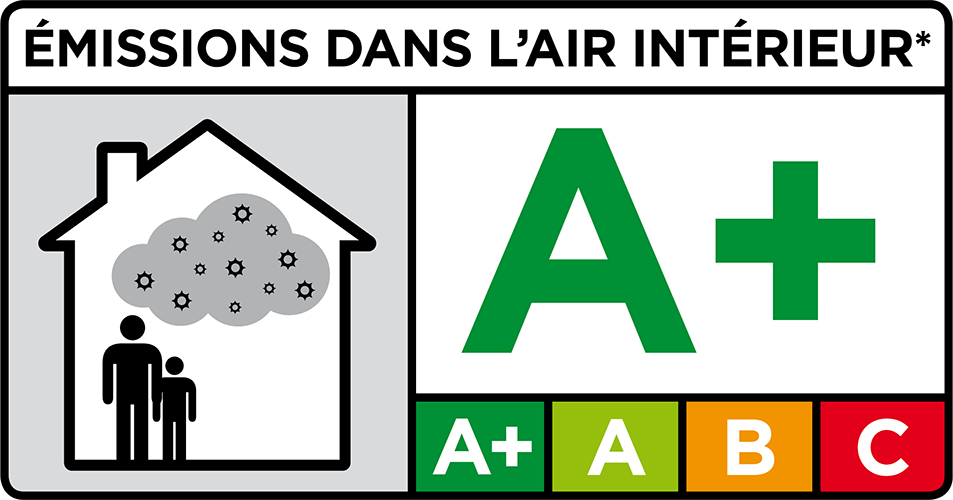


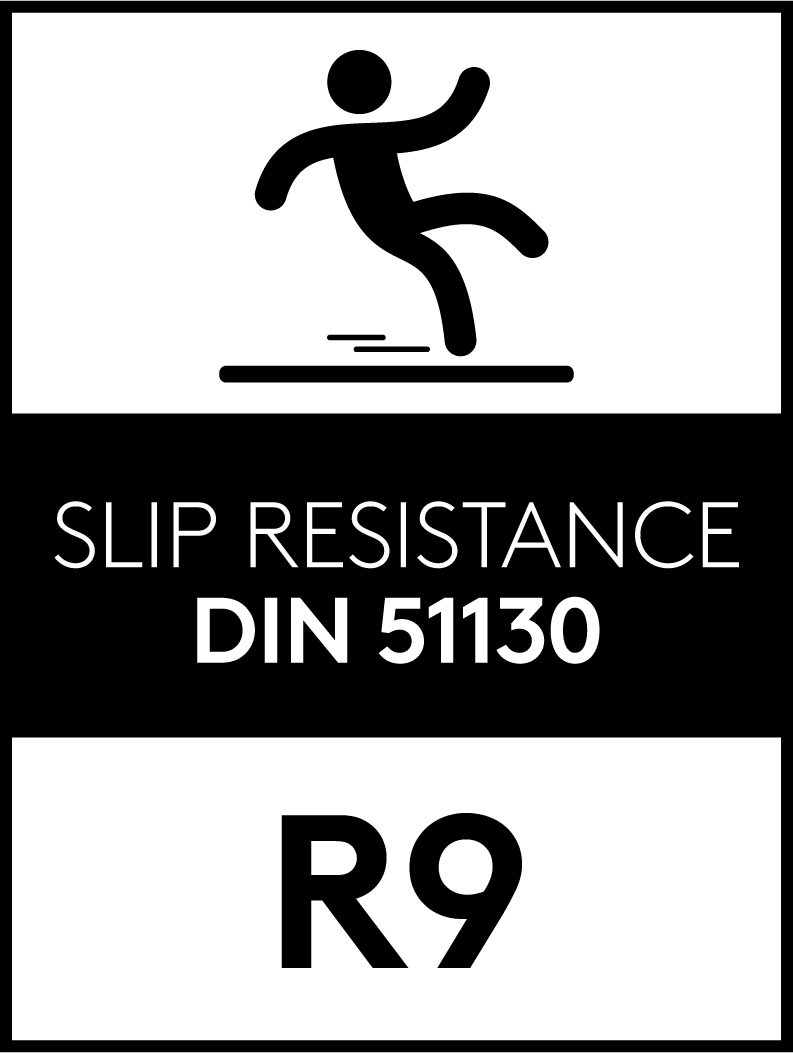
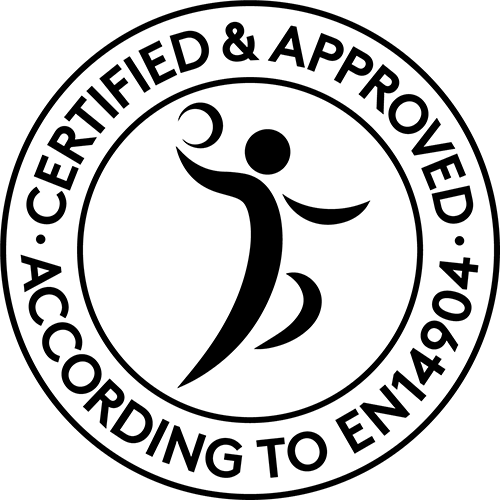



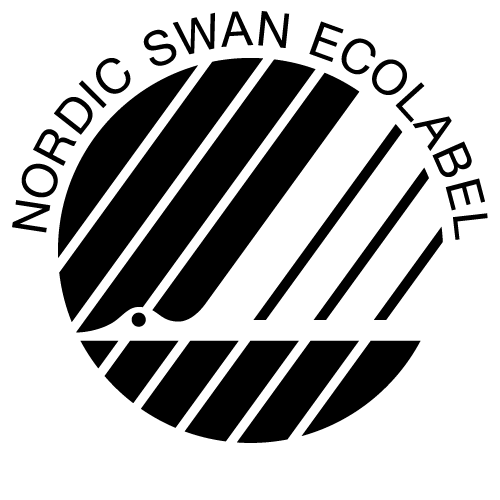
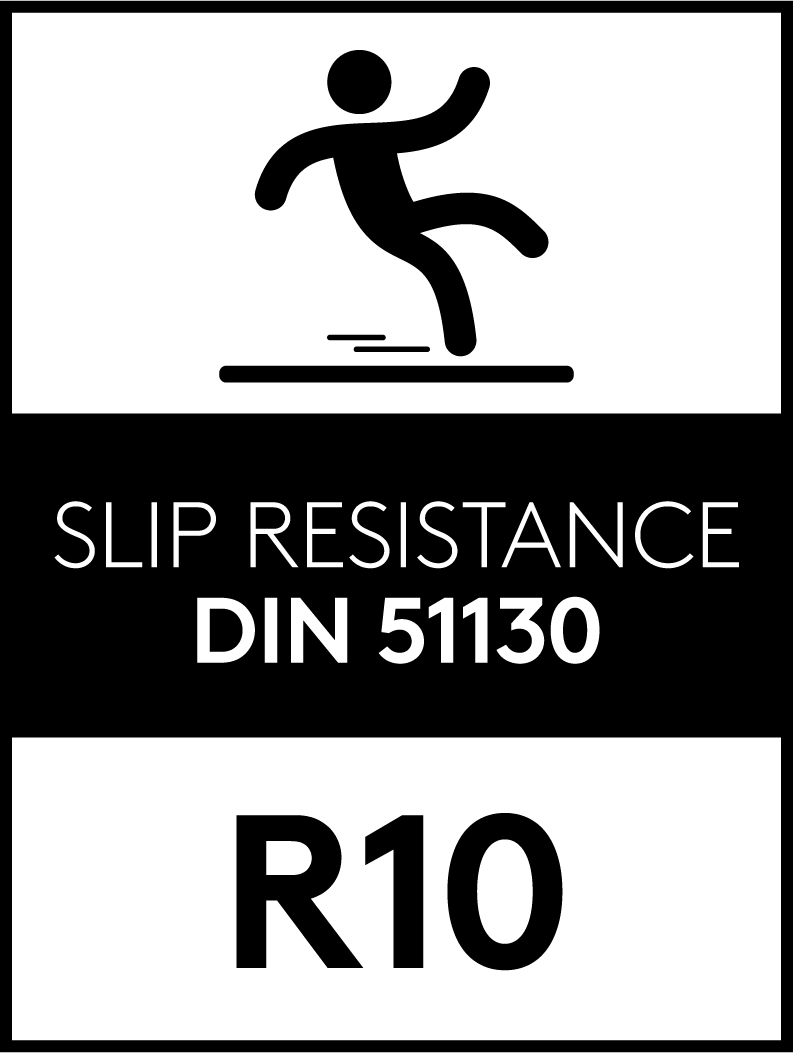
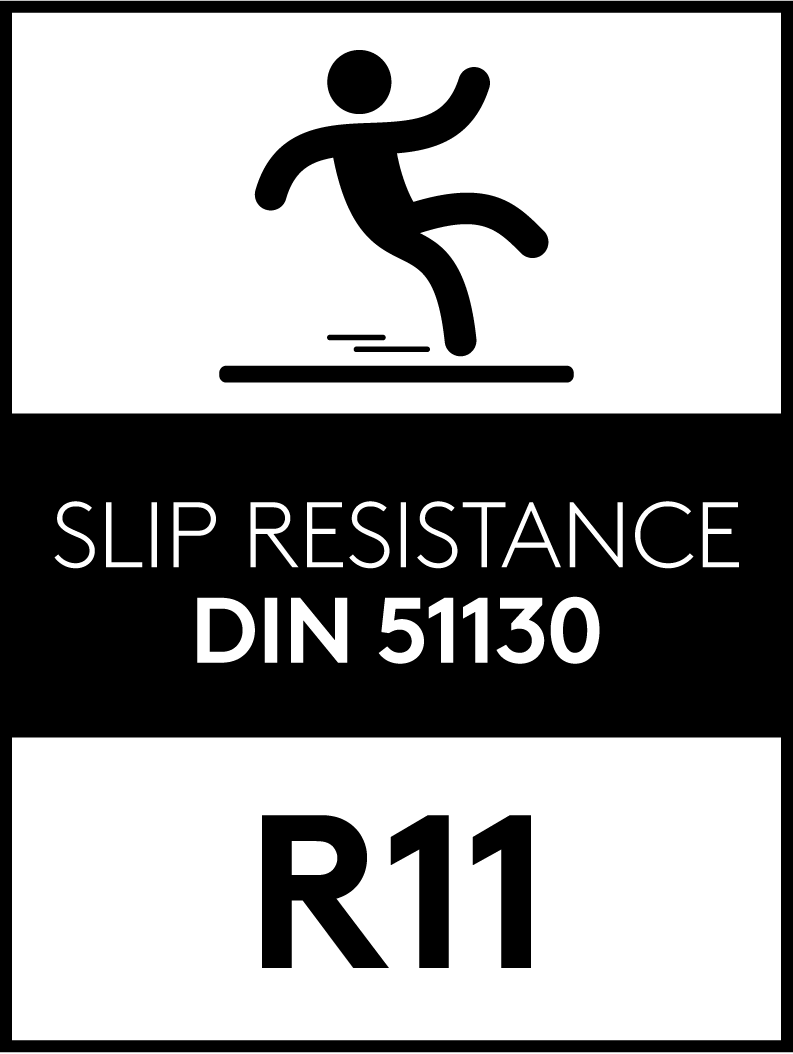

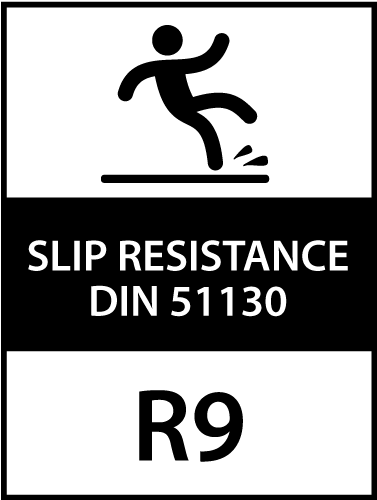

Product details
- Description
- Specifications
- Technical data sheet
- Safety data sheet
| VOC: | 10 g/l, maximum VOC content (A/g (WB)): 30 g/l. |
|---|---|
| Density: | 1.00-1.10 g/ml. |
| pH-value: | pH 13-14 |
| Shelf life: | 2 years |
| Application Temperature: | +15-25°C and approx. 50% air humidity. |
| Coverage: | 10-12 m²/L |
| Colours: | White |
| Cleaning of tools: | Use water |
| Storage: | +10-25°C. Keep out of reach of children. Do not expose to heat (e.g. sunlight). Store frost-free during winter and cool during summer. |
| Packaging: | 2.5 L |
| Dilution: | Undiluted |
| Odour: | Faint |
| Solid content: | 10-20% |
| Drying time: | 6-12 hours at 20°C |
Softwood Lye is used for priming of unfinished or newly sanded interior woodwork such as floors, stairs, furniture, and panels. The priming prevents the wood from yellowing and enhances the natural grain of the wood, producing a white wash finish. Softwood Lye may be used for all types of softwood such as pine, spruce, and pitch-pine. Used on larch wood, an antique grey/brownish finish is created. Softwood Lye may not be used on hardwood. The final colour is achieved after 1-2 months.
Worksteps
- Shake the container well and pour the Lye into a plastic bucket. It is important that no pigments are left in the container. Stir regularly during the application to prevent the pigments from settling to the bottom.
- Apply an even coat of the lye with the WOCA Applicator, a nylon brush or roller lengthwise along the grain. Apply at least 1 L of lye per 10-12 m²/L of wood. Leave wood to dry for approx. 6-12 hours at 20°C.
- De-nib standing fibres and remove excess pigments with a medium e.g. green or bordeaux, sanding polishing pad. Remove the sanding dust with a vacuum cleaner.
- Finish the wood surface with a WOCA oil or soap.
